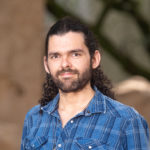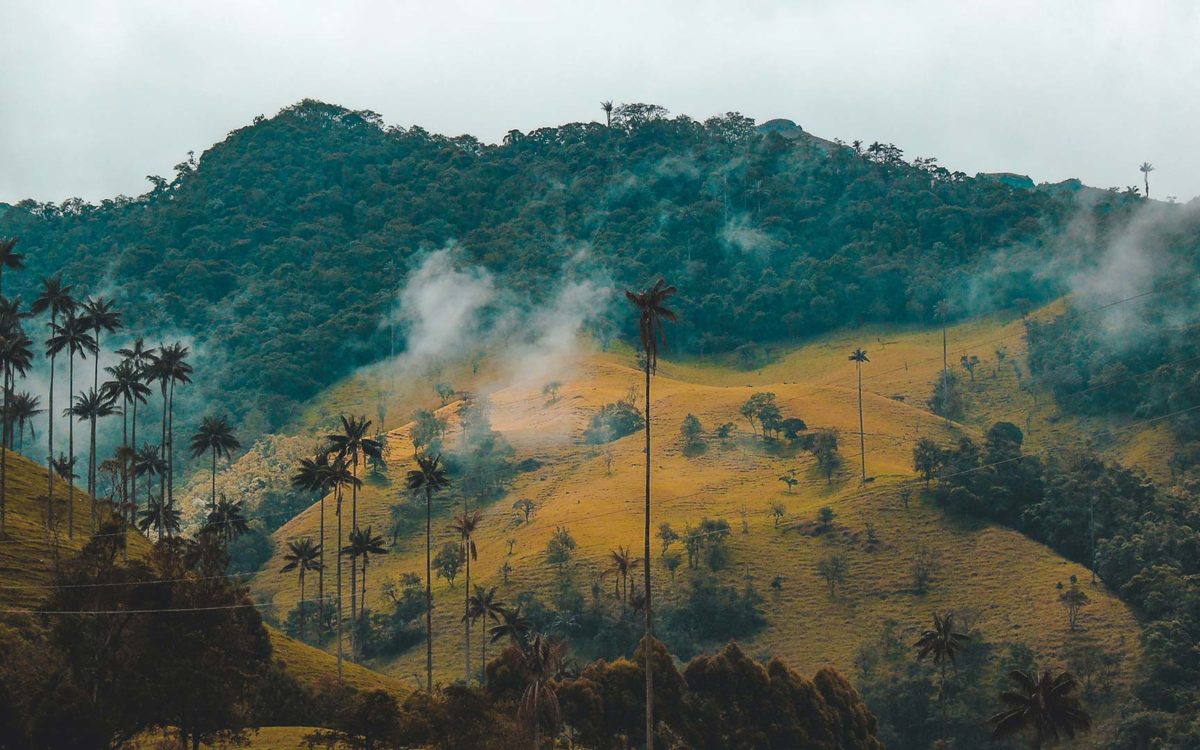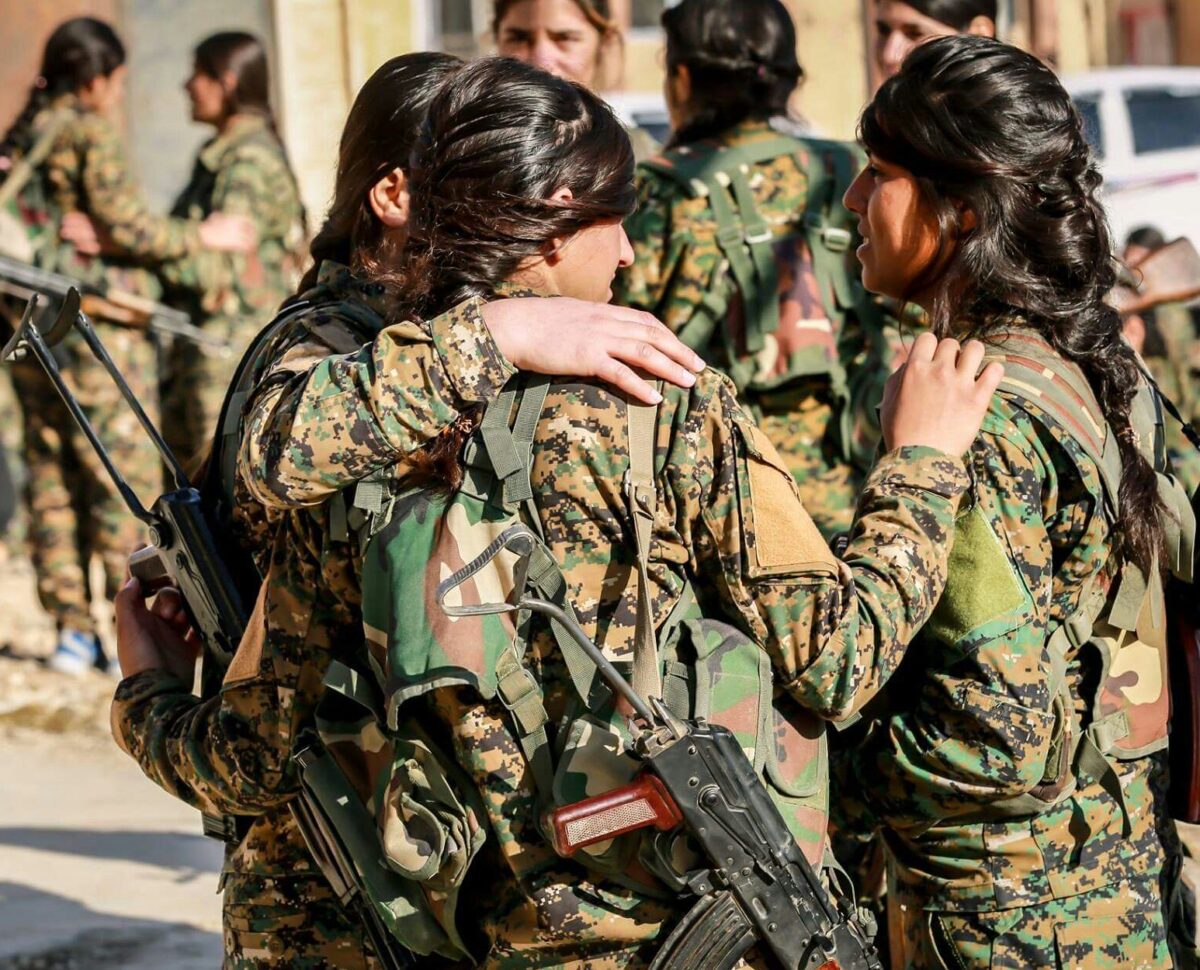
Santiago Sosa
@Sosanorena
“This blog reflects on a special issue of International Interactions I recently guest edited, which focuses on the micro-dynamics of armed conflict and post-peace agreement period in Colombia.”
The Civil War Paths project points our attention to a processual view of civil war so as to make sense of conflict trajectories, from pre- to post-war. To do so, we must connect civil war dynamics taking into account the evolution of actors and their interactions. In other words, civil war dynamics shape and are shaped by actors. Moreover, both pre-war and wartime dynamics will shape post-war scenarios as well, so trajectories can be charted by analysing the continuities and discontinuities of conflictual dynamics. Doing this, however, requires us to delve into the micro-level because a high-level of aggregation in our analyses is not conducive to fully understanding causal mechanisms and how the micro- and macro-levels are linked.
This blog reflects on a special issue of International Interactions I recently guest edited, which focuses on the micro-dynamics of armed conflict and post-peace agreement period in Colombia. This dialogue resulted from the first Latin American Peace Science (LAPSS) annual conference, where sub-national and micro-foundational analyses of Colombia emerged as a theme. The articles, though not developed as processual, shed light on how actor differences and the disconnect between national policies and their local implementation set populations on diverging conflict trajectories that underpin “post-conflict” violence in the country. Moreover, they also show how challenging the study of micro-dynamics (and hence the processual approach) is methodologically, both in terms of using mixed methods and the quality of available materials. By focusing on the same case from multiple theoretical and methodological perspectives, we bridge studies that show how conflict dynamics arise and develop in different ways.
Land and Conflict: The Never-Ending Story
Land inequality is a hallmark of Colombian scholarship on armed conflict, with land tenure viewed as one of the main causes of violence. However, conflict dynamics may also change land tenure. As Germán Lambardi and Paola Palacios show, even a well-intentioned national policy—the recognition of collective land ownership of ancestral territories of minorities—can produce forced displacement. The introduction of collective titling in 1996 discouraged modern agricultural schemes in favour of traditional ones, and this made minority groups vulnerable to forced displacement by armed groups (paramilitaries and guerrillas). Since these areas are not protected by the government, armed groups had an opportunity to transfer productive land to corporations and then extort them.
Land tenure dynamics, however, varied depending on which armed group controlled the territory. For example, Jose Antonio Fortou, Sandra Johansson, and Juan Carlos Muñoz compare land transfer mechanisms used by FARC (Revolutionary Armed Forces of Colombia) and AUC (United Self-Defense Forces of Colombia). They find that territorial control and ideological differences affected governance efforts, especially in terms of titling. Functioning outside of the state’s institutional framework, FARC distributed land more equally, as was their political platform, but they did so informally. AUC, on the other hand, produced greater of land inequality in favour of local elites, but they did so through formal (though not legal) transfers of land.
Therefore, the political economy of conflict is front and centre in considerations of land inequality. And, because of its institutional nature, in land tenure we see an important arena to study armed group governance—a fruitful area for the processual approach.
Post-Conflict Violence: The Challenge of Implementing Peace Agreements
Another area is the credibility of commitments to peace. How can ex-combatants trust that laying down their weapons will not leave them vulnerable to violence? Even if the national government commits to peace, this may not eliminate the threat of violence. Indeed, civil wars typically have multiple groups on both sides, which creates obstacles to preventing, making and preserving peace. Peacetime, then, may be as dangerous as wartime for ex-combatants and civilians alike.
Juan Albarracín, Juan Pablo Milanese, Inge Valencia and Jonas Wolff show that actor fragmentation makes post-peace agreement Colombia particularly dangerous for political and social movements. The absence of the central state and its security forces beyond major cities and local politics create dangerous environments. Local elites respond to bottom-up electoral challenges to their political dominance with violence, making more electorally competitive municipalities with weak state presence the most dangerous for social leaders seeking change.
Hence, well-intended national peacebuilding policies result in local violence. From a relational perspective, this means that achieving a lasting peace requires much more than a new relationship between the state and the rebels: the implementation of the peace agreement is as much about how national dynamics relate to local politics.
A Data-Rich Environment?
In all these micro-level studies of civil war, accessing quality data is a major challenge. Indeed, data must be fine-grained and reliable, but since data are often collected from secondary sources that report on the war after it has ended, we face issues of completeness, bias and accuracy. Compared to other countries experiencing conflict, Colombia is a rich data environment, especially in terms of media and government reporting. Yet, it is not exempt from the above-mentioned issues.
Javier Osorio analyses the overall quality, completeness and comparability of the available conflict datasets in Colombia. These datasets show low levels of similarity in measuring violence levels and reporting events, which points to a cautionary tale regarding quantitative studies of the Colombian conflict, especially for crafting policies. That being said, as per Javier’s assessment, the Violent Presence of Armed Actors (ViPAA) is the most complete and reliable dataset available to date.
From Micro-Dynamics to Trajectories and Social Processes
The Civil War Paths processual approach suggests that the study of conflict must be simultaneously analytical and holistic: by understanding the parts (dynamics) we can gain a better understanding of the whole (trajectories), and by studying overarching trajectories of conflict we can learn more about specific dynamics as they intersect and change over time. Through a focus on micro-level dynamics, the special issue outlined in this blog contributes to the processual view of conflict by highlighting new interactions between actors and institutions at the local level in the shadow of the national-level dynamics while emphasising the need for careful, transparent assessment of data.

